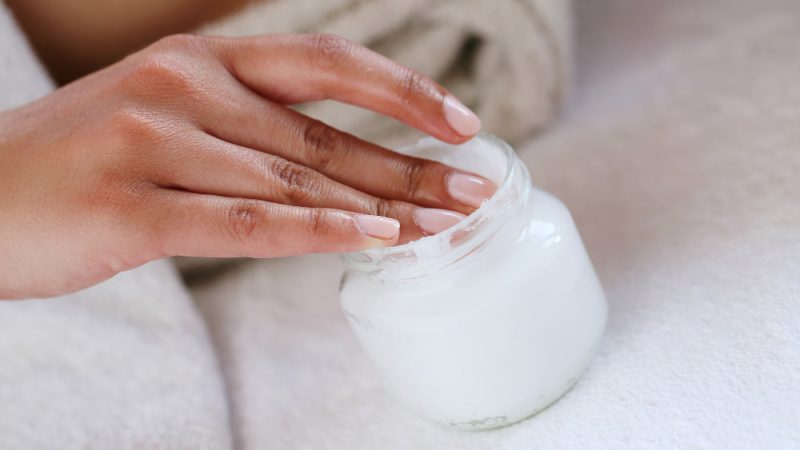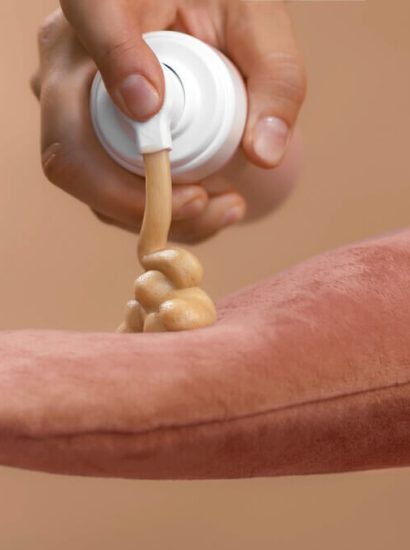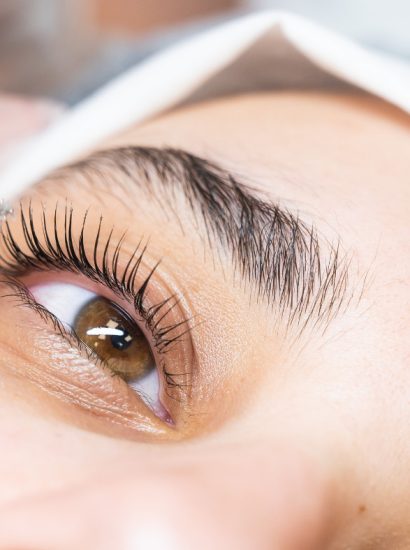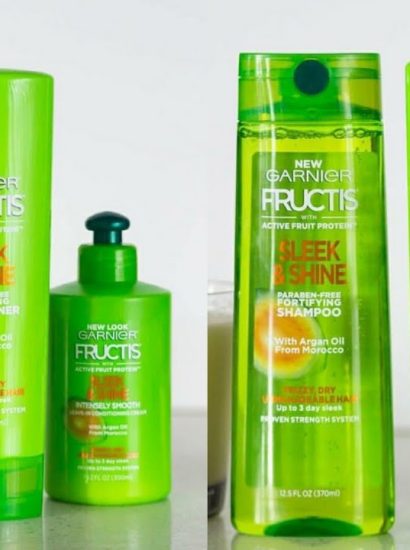Cleansing balms have become a popular choice for skincare enthusiasts worldwide, thanks to their ability to effectively remove makeup, dirt, and impurities while nourishing the skin. If you’re curious about incorporating a cleansing-balm into your routine, this comprehensive guide will provide you with all the information you need. From understanding what a cleansing-balm is to learning how to choose and use one, we’ve got you covered.
1. What is a Cleansing Balm?
A cleansing-balm is a type of facial cleanser that has a thick, balm-like consistency. Unlike traditional foaming cleansers, cleansing-balms are typically oil-based and work by dissolving makeup, sunscreen, and impurities from the skin. They are known for their luxurious texture and ability to leave the skin feeling soft and hydrated.
2. Benefits of Using a Cleansing Balm
Using a cleansing-balm offers several benefits, making it a favored option for many. These include:
Effective Makeup Removal: Cleansing-balms are highly effective at removing even waterproof makeup.
Hydration: Unlike some cleansers that can strip the skin of moisture, cleansing balms often contain nourishing oils that leave the skin hydrated.
Gentle on the Skin: Their creamy texture is less abrasive, making them suitable for all skin types, including sensitive skin.
Double Cleansing: They are ideal for the first step in a double-cleansing routine.
3. How Does a Cleansing Balm Work?
Cleansing-balms work on the principle of “like dissolves like.” The oils in the balm attract and dissolve oil-based impurities and makeup on the skin. When water is added, the balm emulsifies into a milky texture, allowing for easy rinsing without leaving a greasy residue.
4. Choosing the Right Cleansing Balm for Your Skin Type
Choosing the right cleansing-balm depends on your skin type and specific needs:
Dry Skin: Look for balms with hydrating ingredients like shea butter, avocado oil, or coconut oil.
Oily Skin: Opt for lightweight balms that contain ingredients like grapeseed oil or jojoba oil, which can help balance oil production.
Sensitive Skin: Choose balms with soothing ingredients like chamomile or calendula and avoid those with added fragrances or essential oils.
5. Key Ingredients to Look for in a Cleansing Balm
When selecting a cleansing balm, consider the following key ingredients:
Natural Oils: Such as coconut oil, argan oil, and almond oil, which help to dissolve impurities and nourish the skin.
Antioxidants: Ingredients like vitamin E and green tea extract that protect the skin from environmental damage.
Soothing Agents: Chamomile, calendula, and aloe vera to calm and reduce inflammation.
Emulsifiers: Help the balm transform into a milky texture for easy rinsing.
6. How to Use a Cleansing Balm
Using a cleansing-balm is simple and can be a luxurious part of your skincare routine:
- Scoop a Small Amount: Use a spatula or your fingers to scoop a small amount of balm.
- Warm It Up: Rub the balm between your palms to warm it up and transform it into an oil.
- Apply to Dry Skin: Gently massage the balm onto your dry face, focusing on areas with heavy makeup or impurities.
- Emulsify with Water: Add a small amount of water to your hands and continue massaging until the balm turns milky.
- Rinse Thoroughly: Use lukewarm water to rinse away the balm, ensuring all traces are removed.
7. Incorporating Cleansing Balm into Your Skincare Routine
Cleansing-balms can be used as part of your daily skincare routine. For a thorough cleanse, consider double cleansing, which involves using a cleansing balm followed by a water-based cleanser. This method ensures all impurities are removed, leaving your skin clean and ready to absorb the benefits of subsequent skincare products.
8. DIY Cleansing Balm: Make Your Own at Home
If you enjoy DIY skincare, you can make your own cleansing-balm with simple ingredients:
Ingredients: 1/4 cup coconut oil, 1/4 cup shea butter, 2 tablespoons sweet almond oil, and a few drops of essential oil (optional).
Instructions: Melt the coconut oil and shea butter in a double boiler. Remove from heat and stir in the sweet almond oil and essential oil. Pour into a clean container and let it solidify at room temperature.
9. Common Myths About Cleansing-Balms
There are a few common myths surrounding cleansing-balms that need debunking:
Myth: Cleansing-balms are only for dry skin. Fact: Cleansing-balms can be beneficial for all skin types, including oily skin.
Myth: Cleansing-balms leave a greasy residue. Fact: When used correctly, cleansing-balms emulsify and rinse off easily.
Myth: Cleansing-balms can clog pores. Fact: Many cleansing balms are formulated with non-comedogenic oils that do not clog pores.
10. Popular Cleansing-Balms to Try
Here are some popular cleansing-balms worth trying:
Banila Co Clean It Zero Cleansing-Balm: A cult favorite known for its effective makeup removal and gentle formula.
Clinique Take The Day Off Cleansing-Balm: Suitable for all skin types and effectively removes makeup without irritating the skin.
Elemis Pro-Collagen Cleansing-Balm: Contains luxurious oils and anti-aging ingredients for a spa-like experience.
Conclusion
Cleansing-balms are a versatile and effective option for removing makeup and impurities while keeping the skin hydrated and nourished. By choosing the right cleansing-balm for your skin type and incorporating it into your daily routine, you can achieve a thorough and gentle cleanse. Whether you prefer a store-bought balm or a DIY version, cleansing-balms offer a luxurious way to care for your skin.
FAQs
1. Can I use a cleansing balm if I have oily skin?
Yes, cleansing-balms can be used on oily skin. Look for lightweight, non-comedogenic formulas that help balance oil production.
2. How often should I use a cleansing balm?
You can use a cleansing-balm daily, especially if you wear makeup or sunscreen regularly.
3. Can a cleansing balm replace my regular cleanser?
A cleansing-balm can be used as the first step in a double-cleansing routine, followed by your regular water-based cleanser.
4. Are cleansing balms suitable for sensitive skin?
Yes, many cleansing-balms are formulated with soothing ingredients and are gentle enough for sensitive skin.
5. What should I do if my cleansing balm causes breakouts?
If you experience breakouts, discontinue use and consult with a dermatologist to find a suitable alternative.
Also read : COSRX Singapore: 10 Must-Have Products for Every Skincare Routine





